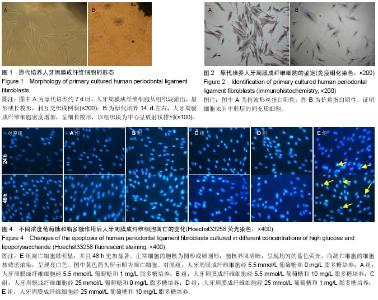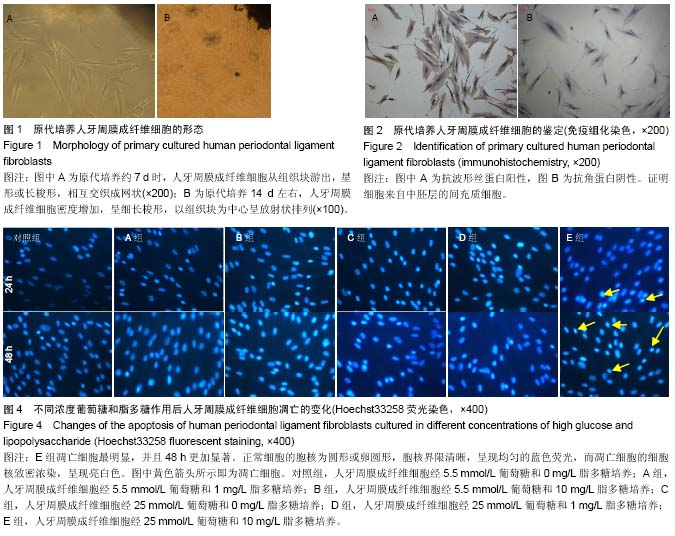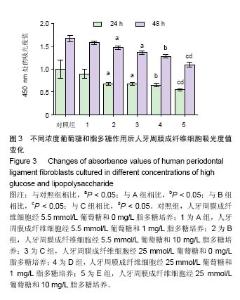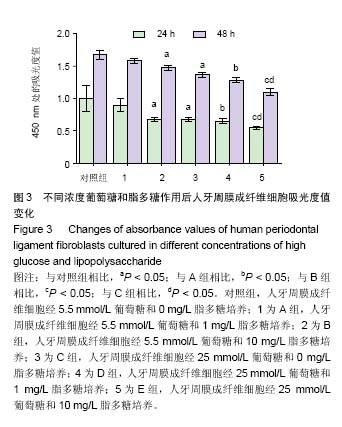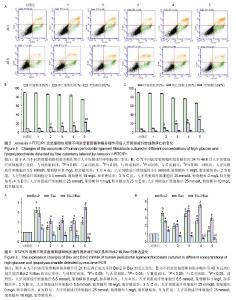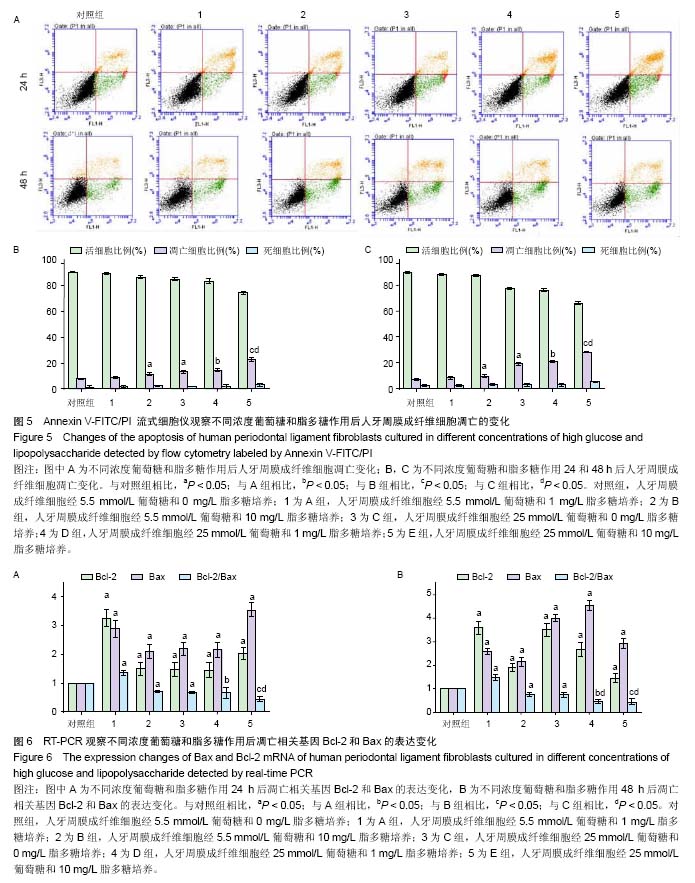| [1] |
Yao Xiaoling, Peng Jiancheng, Xu Yuerong, Yang Zhidong, Zhang Shuncong.
Variable-angle zero-notch anterior interbody fusion system in the treatment of cervical spondylotic myelopathy: 30-month follow-up
[J]. Chinese Journal of Tissue Engineering Research, 2022, 26(9): 1377-1382.
|
| [2] |
An Weizheng, He Xiao, Ren Shuai, Liu Jianyu.
Potential of muscle-derived stem cells in peripheral nerve regeneration
[J]. Chinese Journal of Tissue Engineering Research, 2022, 26(7): 1130-1136.
|
| [3] |
Wen Dandan, Li Qiang, Shen Caiqi, Ji Zhe, Jin Peisheng.
Nocardia rubra cell wall skeleton for extemal use improves the viability of adipogenic mesenchymal stem cells and promotes diabetes wound repair
[J]. Chinese Journal of Tissue Engineering Research, 2022, 26(7): 1038-1044.
|
| [4] |
Zhang Yujie, Yang Jiandong, Cai Jun, Zhu Shoulei, Tian Yuan.
Mechanism by which allicin inhibits proliferation and promotes apoptosis of rat vascular endothelial cells
[J]. Chinese Journal of Tissue Engineering Research, 2022, 26(7): 1080-1084.
|
| [5] |
Zhang Jinglin, Leng Min, Zhu Boheng, Wang Hong.
Mechanism and application of stem cell-derived exosomes in promoting diabetic wound healing
[J]. Chinese Journal of Tissue Engineering Research, 2022, 26(7): 1113-1118.
|
| [6] |
Deng Shuang, Pu Rui, Chen Ziyang, Zhang Jianchao, Yuan Lingyan .
Effects of exercise preconditioning on myocardial protection and apoptosis in a mouse model of myocardial remodeling due to early stress overload
[J]. Chinese Journal of Tissue Engineering Research, 2022, 26(5): 717-723.
|
| [7] |
He Yunying, Li Lingjie, Zhang Shuqi, Li Yuzhou, Yang Sheng, Ji Ping.
Method of constructing cell spheroids based on agarose and polyacrylic molds
[J]. Chinese Journal of Tissue Engineering Research, 2022, 26(4): 553-559.
|
| [8] |
He Guanyu, Xu Baoshan, Du Lilong, Zhang Tongxing, Huo Zhenxin, Shen Li.
Biomimetic orientated microchannel annulus fibrosus scaffold constructed by silk fibroin
[J]. Chinese Journal of Tissue Engineering Research, 2022, 26(4): 560-566.
|
| [9] |
Chen Xiaoxu, Luo Yaxin, Bi Haoran, Yang Kun.
Preparation and application of acellular scaffold in tissue engineering and regenerative medicine
[J]. Chinese Journal of Tissue Engineering Research, 2022, 26(4): 591-596.
|
| [10] |
Kang Kunlong, Wang Xintao.
Research hotspot of biological scaffold materials promoting osteogenic differentiation of bone marrow mesenchymal stem cells
[J]. Chinese Journal of Tissue Engineering Research, 2022, 26(4): 597-603.
|
| [11] |
Shen Jiahua, Fu Yong.
Application of graphene-based nanomaterials in stem cells
[J]. Chinese Journal of Tissue Engineering Research, 2022, 26(4): 604-609.
|
| [12] |
Zhang Tong, Cai Jinchi, Yuan Zhifa, Zhao Haiyan, Han Xingwen, Wang Wenji.
Hyaluronic acid-based composite hydrogel in cartilage injury caused by osteoarthritis: application and mechanism
[J]. Chinese Journal of Tissue Engineering Research, 2022, 26(4): 617-625.
|
| [13] |
Li Hui, Chen Lianglong.
Application and characteristics of bone graft materials in the treatment of spinal tuberculosis
[J]. Chinese Journal of Tissue Engineering Research, 2022, 26(4): 626-630.
|
| [14] |
Gao Cangjian, Yang Zhen, Liu Shuyun, Li Hao, Fu Liwei, Zhao Tianyuan, Chen Wei, Liao Zhiyao, Li Pinxue, Sui Xiang, Guo Quanyi.
Electrospinning for rotator cuff repair
[J]. Chinese Journal of Tissue Engineering Research, 2022, 26(4): 637-642.
|
| [15] |
Guan Jian, Jia Yanfei, Zhang Baoxin , Zhao Guozhong.
Application of 4D bioprinting in tissue engineering
[J]. Chinese Journal of Tissue Engineering Research, 2022, 26(3): 446-455.
|
